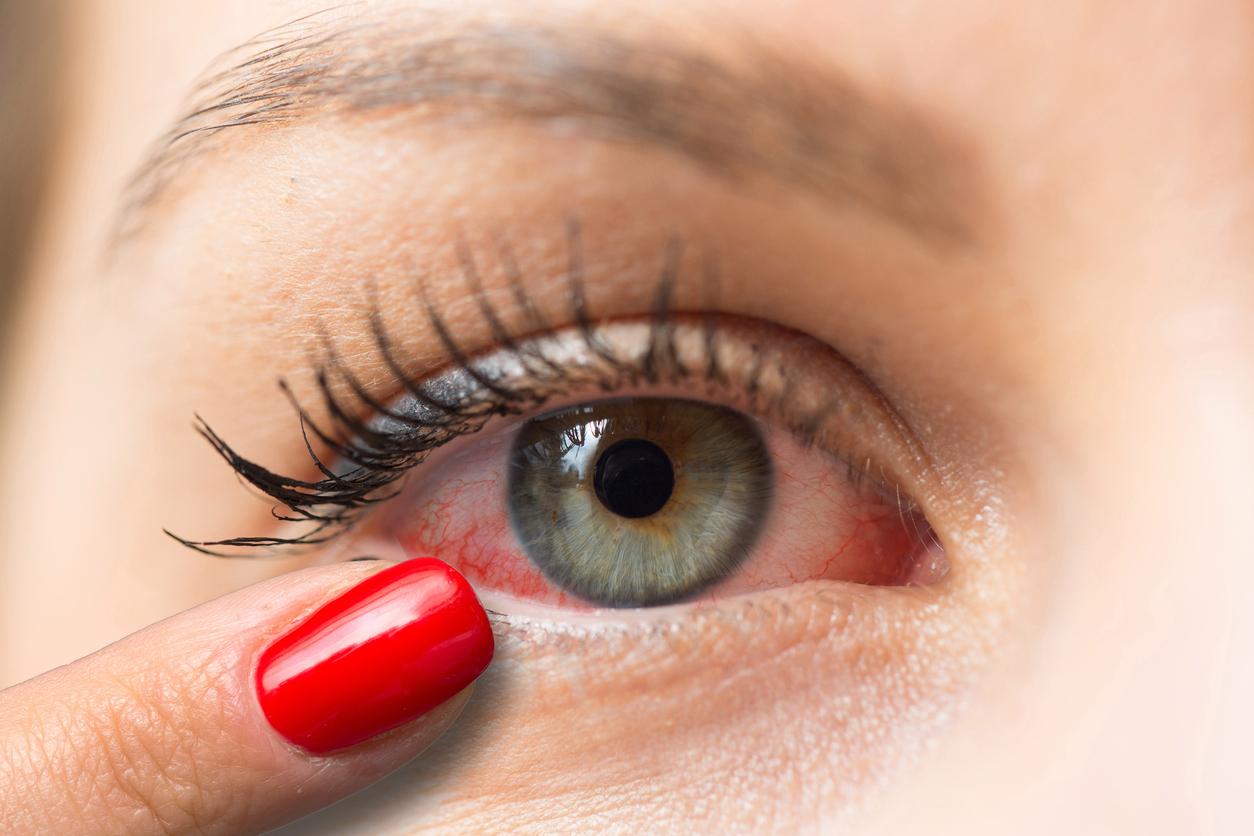Parents of infected children must be reassured: there is little risk of complications even if the number of people suffering from this disease is increasing in Europe. According to the European Food Safety Agency, France is particularly affected by this serious infection. Certain foods are involved, but also conservation: you need a tidy cold fridge that is cleaned very often.

Antibiotics are very effective
We must first start by reassuring parents. To be affected by this disease, it is necessary to consume a significant amount of the contaminated food. Which was not the case in Nantes.
Then, the parents having been warned by the town hall, they will monitor their children by taking their temperature and questioning them well to see if headaches appear.
If there is the slightest doubt, the doctor will prescribe antibiotics which are very effective against this microbe, a bacterium, therefore fortunately sensitive to antibiotics, which is called LISTERIA, hence the name of the disease.
Listeriosis is an infection that can be serious if it is complicated by sepsis – a generalized infection – or, not to mention, an infection of the brain.
Death occurs in almost 20% of cases, which is enormous … Especially in those over 70, pregnant women and people with weakened immune systems. Fortunately, this complication is very rare… It killed 200 people in 2012 in Europe. Patients who could not benefit in time from an effective antibiotic treatment.
Listeriosis is caught by eating contaminated food
Mainly ready-to-eat products made from fish and meat (eg smoked fish and sliced ham), but also dairy products, especially cheeses.
As in Nantes, where the town hall was alerted by one of the city’s canteen suppliers, the company Les Paysans Fromagers Nantais, which allegedly delivered 600 portions of contaminated cheese served in the canteens.
It was a self-check by this company that revealed the presence of Listeria in their product.
The Lactalis affair taught manufacturers that concealment was not a good reflex. This will make it possible to carefully monitor the children likely to have consumed, on Friday January 12, these cheeses, approximately 4% of the 15,000 meals.
Take the opportunity to learn the crucial role of the refrigerator
Listeriosis affects poorly stored food, in particular in a refrigerator which can quickly become, and not only for listeriosis, the disease reservoir of the whole family … After the hands, the refrigerator is the second target of hygiene specialists .
Temperature is less of the problem in general than the overcrowding of foods and their contamination. Especially in recent models. It must be between 0 and 4 degrees, beyond bacteria, as listerias multiply. If your refrigerator does not have a thermostat, it is advisable to immerse a thermometer in a glass of water and put it in the fridge. After an hour, the thermometer will indicate the exact temperature at which your food is stored.
To remedy this, you must first not be afraid to throw away, to isolate the food from each other, with plastic film, or in an airtight box. What only 37% of French people do.
And above all, empty your fridge completely, quickly, so as not to break the cold chain, pass a sponge soaked in very diluted bleach. From top to bottom and not forgetting the grooves because germs hate flat surfaces and love nooks and crannies. You must rinse very well, because the bleach attacks the surface of the refrigerator. Otherwise, you can also simply rub with a little soap and water, with a new sponge. New, because unless you disinfect it first, the old sponge that has been lying around for some time in the sink, it’s still the best way to re-cover the inside of your fridge with bacteria.
The ideal is every 15 days; at least every month. Frequent cleaning is better than meticulous bricking that is too episodic.
.

















